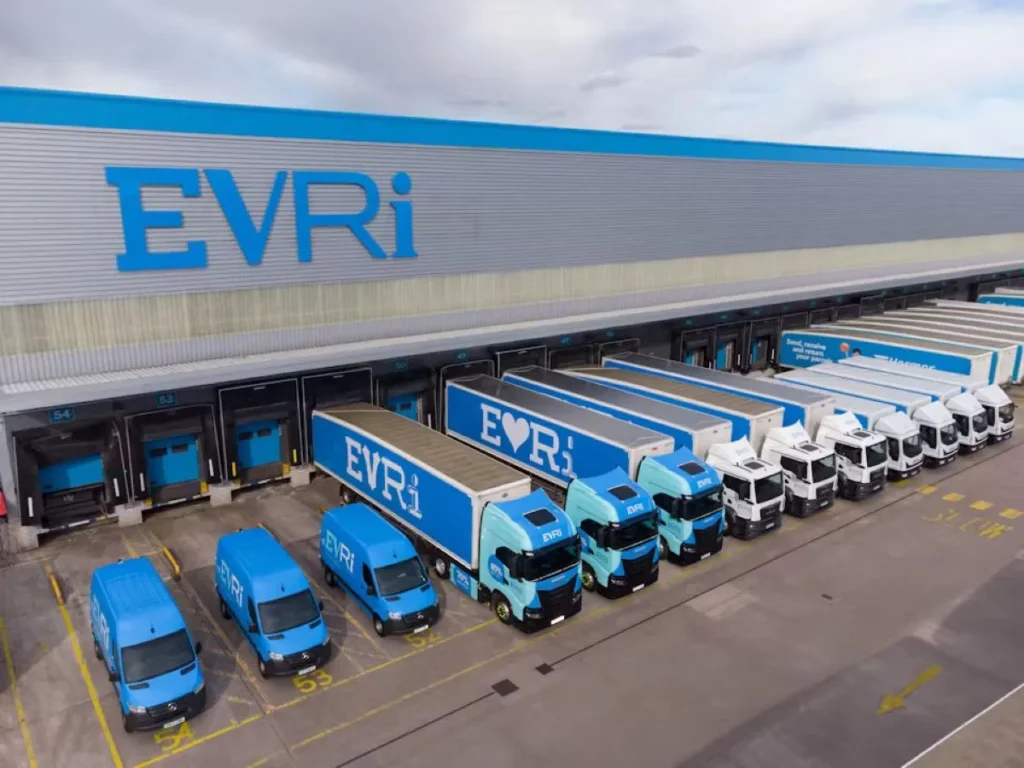In June, TI predicted that this year’s growth in the courier market would amount to 8.9% year-on-year.
This year’s result was driven mainly by the first half of 2021, when the market jumped as much as 16.4% compared to same period in 2021. The last 6 months of the year were far from straightforward, however. The report notes that as economies reopened and pandemic restrictions were lifted, continuing disruptions in supply chains and galloping inflation negatively affected consumption.
Growth in domestic markets is expected to amount to 9.9% this year, while the segment of international shipments is to develop a bit faster – at a rate of 10% year-on-year.
Although this year’s market growth rate has exceeded the forecasts, it is still clearly weaker than last year. The start of the COVID-19 pandemic in Spring 2020 saw e-commerce boom, which in turn brought about dynamic growth in the courier and express parcels market. The domestic and international parcel sectors grew by 13.2% and 12.5 percent respectively.
TI’s analysts forecast that in the years 2021-2025, on average, the courier market will grow by 7.7% every year. On the domestic front, growth is expected to be 7.4%, with the international segment set to grow slightly faster at 7.9%.
The TI report stresses that the pace of market expansion expected by 2025 is closer to pre-pandemic increases than to 2020-2021. Demand from the growing e-commerce market will continue to be important, but will nonetheless slow down. However, unlike the last two years, when the B2B market was in crisis and the courier segment was driven mainly by individual customers, experts expect a recovery in demand from business customers by 2025.
Finally, due to the ongoing uncertainty faced by global supply chains, in order to minimize the risk of a supply shortages, companies are expected to place smaller orders, but also do so more often to build up their inventory as a precautionary measure.









